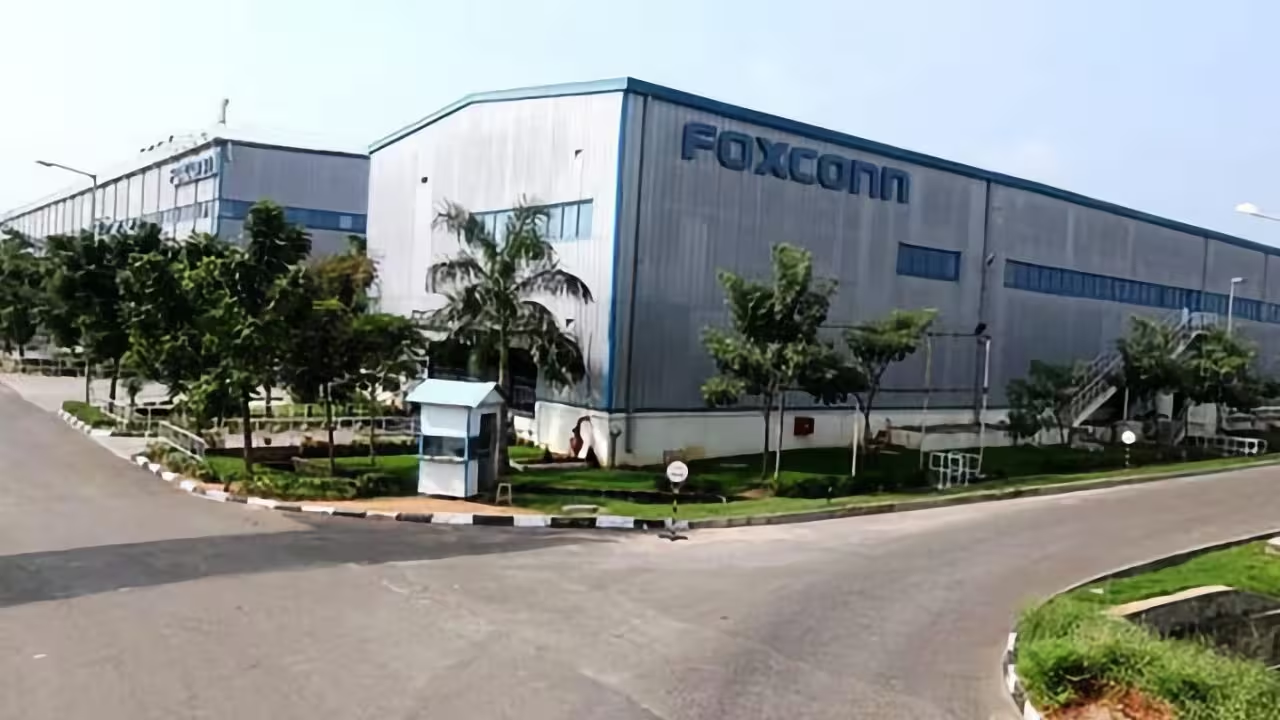3 Minutes
Apple expands iPhone 17 assembly in India to reduce tariff exposure
Apple is ramping up manufacturing in India to limit tariff costs associated with exporting phones from China. For the upcoming launch cycle, the company plans to build all four iPhone 17 models — including the iPhone 17 Pro — at Indian assembly plants. The move represents a strategic shift from previous launches, where non-Pro models were more commonly assembled outside China and Pro lines were primarily produced in Chinese factories.
Why Apple is making the shift
The decision is driven by two interlinked factors: tariff mitigation and supply chain resilience. Facing an evolving tariff landscape, Apple aims to diversify production to reduce extra import duties and pricing volatility in its largest market. At the same time, the COVID-19 pandemic exposed vulnerabilities in an overconcentrated supply chain, prompting Apple to broaden its manufacturing footprint.
Production capacity and future plans
Apple has expanded the number of factories assembling iPhones in India and is reportedly entering talks about shifting some iPhone 18 production there as well. Company executives expect serious discussions to intensify in the weeks ahead as part of a typical annual ramp-up for new models.
Product features and model comparisons
By producing all iPhone 17 variants in India — from standard models to the Pro tier — Apple ensures that flagship features such as advanced camera systems, higher-performance silicon, and premium materials are available across markets without being limited by geography. Compared to previous cycles (e.g., iPhone 16, where India produced mostly lower-cost or local-market variants), this marks a step toward parity between India and China in terms of build complexity and quality.

Advantages and use cases
Key advantages include reduced tariff exposure, more predictable pricing for international markets, and improved supply chain redundancy. For consumers, this can mean steadier availability and fewer regional supply delays. For Apple and suppliers, manufacturing in India supports scale diversification, shorter shipping routes to key markets, and potential cost optimizations for models aimed at mid- and premium-tier buyers.
Challenges and market relevance
Expanding in India is not without hurdles. Regulators have scrutinized suppliers with Chinese ownership, complicating component sourcing. India’s infrastructure, labor regulation environment, and production scale still differ from China’s highly optimized ecosystem. Despite these challenges, progress has been rapid: in April, reports suggested one in five iPhones worldwide were already made in India. As Tim Cook noted, "If you look at the quarter that we're now in, if you look at the US, over half of the U.S. sales of iPhone come from India," underscoring the scale of the shift.
Strategic outlook
Apple’s India expansion aligns with broader geopolitical and economic pressures, including U.S. efforts to onshore some manufacturing. While the company continues relationships with U.S.-based partners and keeps manufacturing options open, India is positioned as a central pillar in Apple’s multi-region production strategy—balancing tariff risk, supply chain resilience, and long-term market access.
Source: appleinsider


Leave a Comment